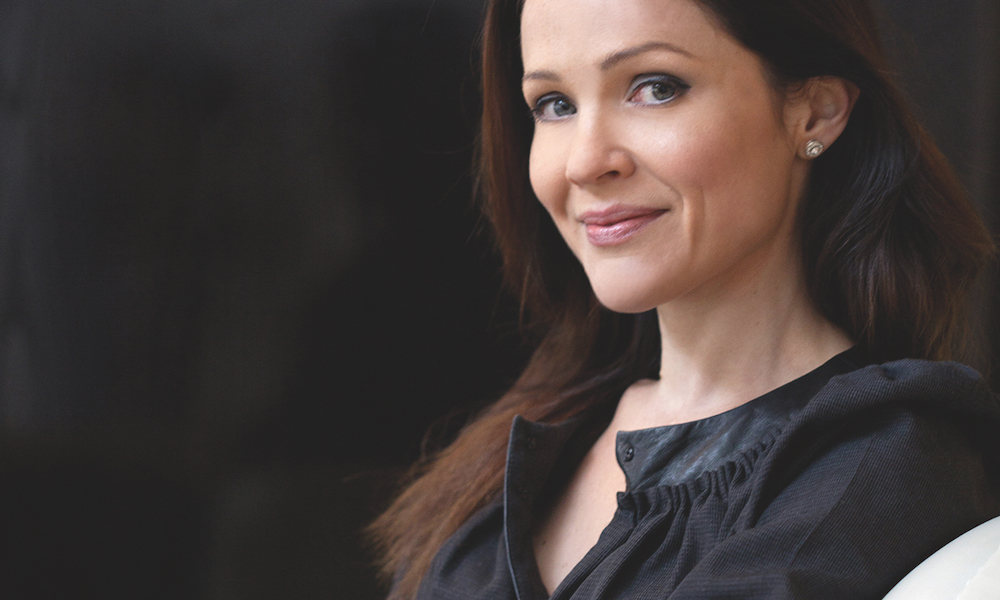The music starts, it is one of your favourite works. The sound waves make their way along your ear canal to your snail shell-shaped cochlea. The waves tickle your stereocilia; microscopic and reminiscent of well-ordered sea anemones detecting vibrations in water to indicate nearby prey.
 Greta Bradman
Greta Bradman
In this case though, it is sound waves – acoustic information that now becomes neural activity, hungrily gobbled up as distinct musical features – from pitch and timbre, roughness and intensity – and bustled off to the midbrain and up into the thalamus, the sensory relay station. On flies the information to the auditory cortex of the brain and bam! Fireworks!
Neurologist and author Oliver Sacks once said “nothing activates the brain so extensively as music” and by Jove he was onto something. For starters playing a musical instrument during the first decade of life can increase the interconnectedness (size, density, and potentially the symmetry) of the two hemispheres across the corpus callosum, which in turn is associated with higher intelligence (full-scale, performance, and verbal). In adults, regularly participating in music making can literally change your brain in as little as four weeks....










Comments
Log in to join the conversation.